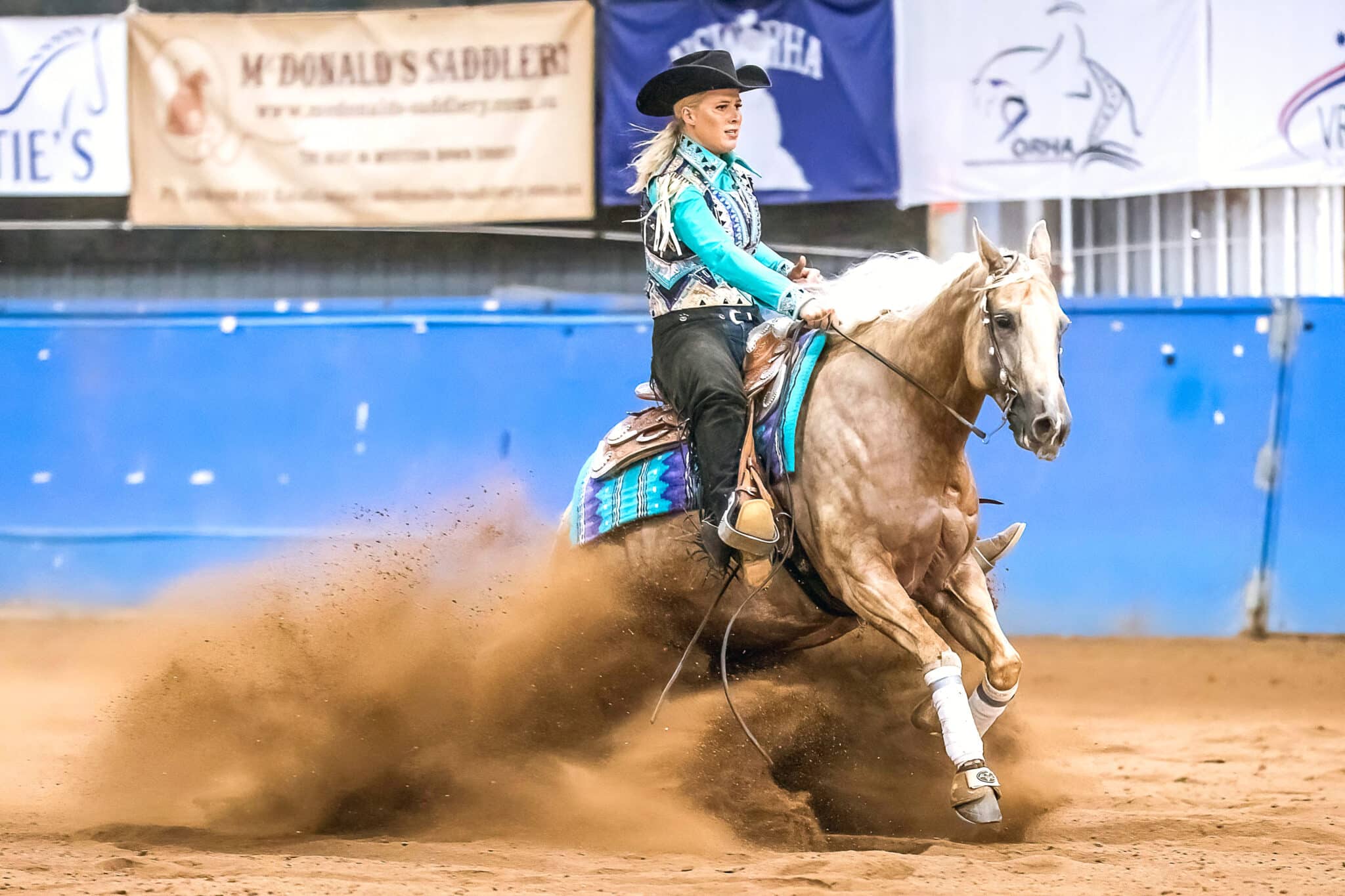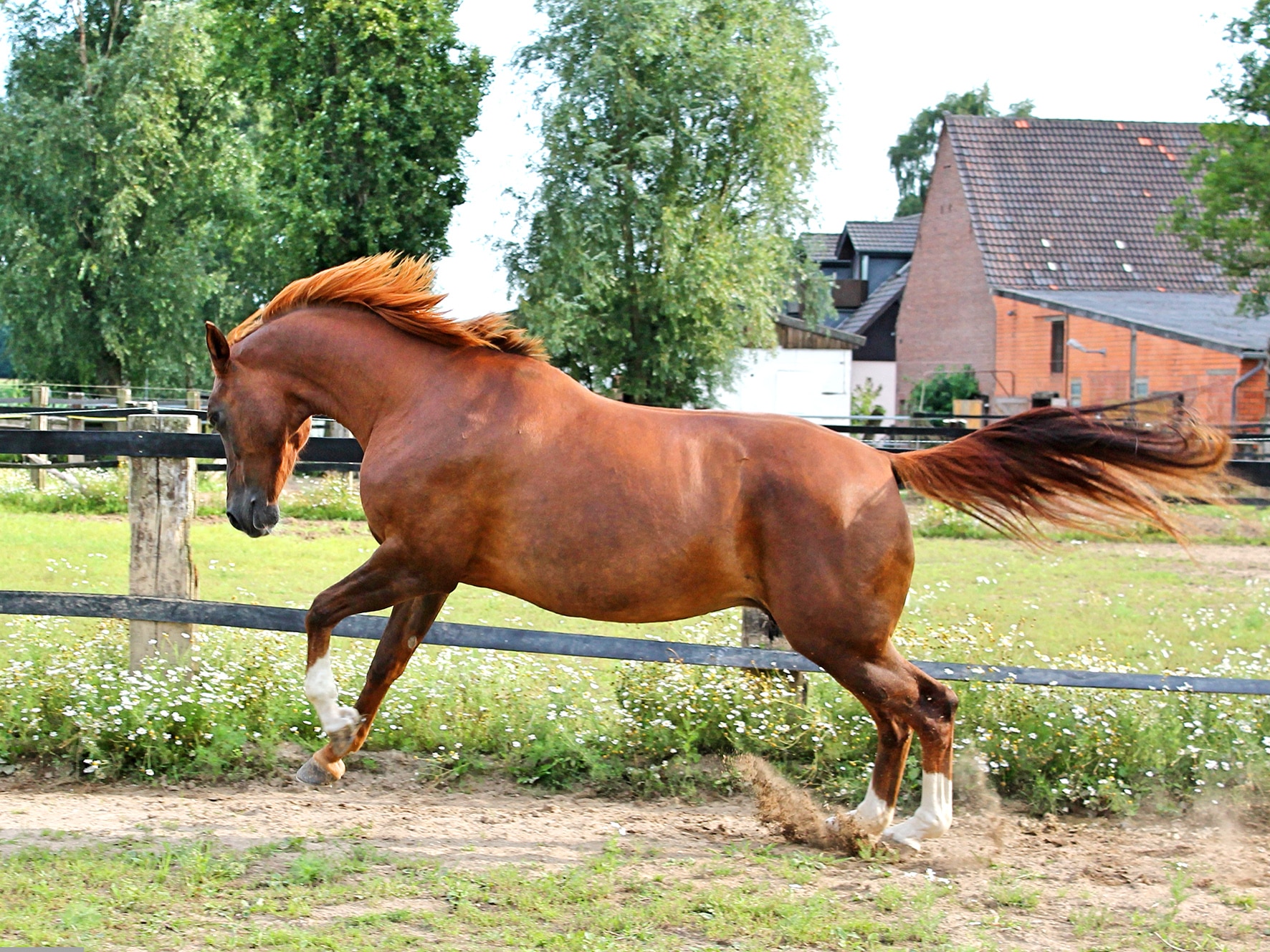
Your horse’s skeleton: the hidden risks
They’re among the most frequent causes of lameness in horses, but many bone problems can be avoided with proper management, DR CLARISSA BROWN-DOUGLAS explains.
Did you know that your horse’s skeleton is constantly changing and very sensitive to its environment? Bone problems are among the most frequent causes of lameness in horses, but many of these issues can be avoided with proper management. Bone-related lameness is often linked to training, nutrition, and confinement such as yarding, or box rest.
Bone is a dynamic, living tissue that is always undergoing remodelling in a process called bone turnover. This involves the action of bone-resorbing cells called osteoclasts, and bone-forming cells called osteoblasts. Bone turnover is essential for repairing microdamage, adapting to physical stress, and maintaining mineral balance. In general, bones strengthen with use and weaken with inactivity.
Mechanical stress from exercise, whether through daily training or even playing in the paddock, stimulates osteoblasts to form new bone tissue, creating stronger, healthier bones. If a horse doesn’t get regular exercise, bone renewal slows down, and bones may begin to demineralise. Over time, the demineralisation process weakens bones, increasing the risk of fractures. Horses that are exercised regularly tend to have stronger skeletons than those kept in stables.
Building strong bones
One major concern for performance horses is the frequency of skeletal injuries. When the demands on the skeleton outpace its ability to adapt – such as from overtraining, returning to exercise too soon after rest, or excessive strain – microfractures (also called stress fractures) can occur. Some horses show no signs of lameness, so these tiny fractures might not be noticeable initially. However, horses with microfractures are at a much higher risk of developing serious fractures, which can be career-ending or even life-threatening.
Young horses that are moved from a paddock to small yards or stables to begin training are also more susceptible to injury. Research shows that young horses kept in confined spaces experience a decrease in bone mineral density, particularly in the cannon bone. In contrast, horses that are trained out in the paddock have better bone health as they have free access to exercise, which helps maintain bone density. Even a few quick bursts of speed each day can be enough to prevent the bone loss that occurs with limited movement in yards or stables. This reinforces the importance of ensuring horses in these environments have enough space to move, as keeping them confined for convenience can come at the cost of their skeletal health.

Stall rest
Stall rest is often necessary when horses are recovering from injury or illness, but it must be carefully managed. When a horse has been inactive for a period, it’s crucial to gradually reintroduce exercise to allow the bones to adapt. During confinement, supplements can help counteract the bone demineralisation that comes with prolonged stabling. A recent study found that supplementing with bone-supporting nutrients, including a special calcium source, helped maintain bone mineral density in horses that were confined to stalls.
Nutritional support
Providing a balanced diet that includes high-quality roughage and meets energy, protein, vitamins, and mineral needs is vital for all horses. Nutrients essential for bone health include protein, calcium, phosphorus, magnesium, copper, zinc, and manganese, as well as vitamins C, D, A, and K, which all play a role in bone remodelling.
The ratio of certain minerals in the diet are also vital for bone health – specifically calcium to phosphorus, calcium to magnesium, and copper to zinc. The ideal ratio of calcium to phosphorus in the equine diet is 1.5:1 and should never fall below 1:1 or exceed 2.5:1. Too much calcium can affect phosphorus status, particularly if the level of phosphorus in the ration is marginal. Conversely, high levels of phosphorus in the ration will inhibit absorption of calcium and lead to deficiency, even if the amount of calcium present is normally adequate.
Magnesium is also important for bone health. Commonly fed to influence behaviour, nearly 60 per cent of the horse’s magnesium is stored in bone. Ideally diets should have a calcium to magnesium ratio of 2.5:1 to 3:1. If supplementation with magnesium is warranted, make sure the amount of calcium in the diet is adequate. It is not uncommon for diets that have added magnesium supplements to have very skewed ratios nearing 1:1, which will invariably influence bone health. Although required in much smaller amounts than calcium and magnesium, copper and zinc are important trace minerals for bone and cartilage health. The ratio of zinc to copper should be 3:1 to 4:1.
Balanced mineral nutrition is particularly important for growing and breeding horses, horses on tropical pastures like kikuyu, and horses on certain medications. Working with an equine nutritionist is a good way to ensure your horse’s diet is specifically tailored to their needs.

Tropical pastures
In many regions of Australia, horses are grazed on tropical pastures such as kikuyu. Kikuyu has many advantages. It’s hardy, drought-tolerant, able to handle heavy grazing pressure, and is a productive grass that grows quickly after rainfall. And unlike cool-season grasses, kikuyu doesn’t contain fructans, which can cause digestive issues in horses.
However, kikuyu has some downsides. It tends to dominate other grasses, dries out in winter, and is less digestible than cool-season grasses. One of the major concerns with kikuyu and other tropical pasture grasses is their effect on calcium levels. Kikuyu has a lower calcium content and higher phosphorus levels than other grasses, leading to mineral imbalances. Kikuyu also contains oxalates, which bind calcium in the gut and reduce its absorption. As a result, calcium is often leached from the bones to maintain blood calcium levels, which can weaken the bones over time and contribute to issues such as shifting lameness or Big Head disease, technically known as nutritional secondary hyperparathyroidism, which causes the bones in the head to enlarge.
To address this, horses grazing on kikuyu pastures need additional calcium and other minerals to prevent bone loss. Adding lucerne hay, which is rich in calcium, can help, but often a supplement with a high calcium content and other important minerals is necessary. If extra energy isn’t required, a feed balancer is a good option, as it provides concentrated nutrients at a lower feeding rate.
Ulcer treatment
Another factor that may impact bone health is the treatment of gastric ulcers. Omeprazole is a commonly used medication for treating and preventing ulcers, particularly in horses under heavy training. However, studies have shown that omeprazole can significantly reduce calcium absorption in horses. Interestingly there has been an increase in reported Big Head disease in performance horses routinely fed low doses of omeprazole as an ulcer preventative. Since calcium is crucial for bone health, it’s extremely important to provide horses on omeprazole with a bioavailable form of calcium to support healthy bone mineralisation.
Balanced diet, balanced training
Incorporating targeted supplements alongside a balanced diet can support strong, healthy bones, especially when combined with a training program that matches the horse’s current level of skeletal fitness. Proper training, with adequate rest and a gradual increase in intensity, allows the bones time to adapt to the stress. A well-structured program should avoid overloading the horse with too much too soon, and allow enough recovery time to ensure healthy bone remodelling.
Bone health in horses is influenced by a range of factors, including nutrition, confinement, exercise, and grazing practices. Understanding how bone remodelling works and adopting appropriate management strategies is key to maintaining the long-term skeletal health and performance of your horse. By prioritising a balanced diet, regular exercise, and thoughtful management, owners can help their horses enjoy long, sound careers.
For a tailored diet analysis or advice on optimising nutrition for bone health, contact Kentucky Equine Research at advice@ker.com, and for information on all topics related to equine nutrition visit Equinews™.


